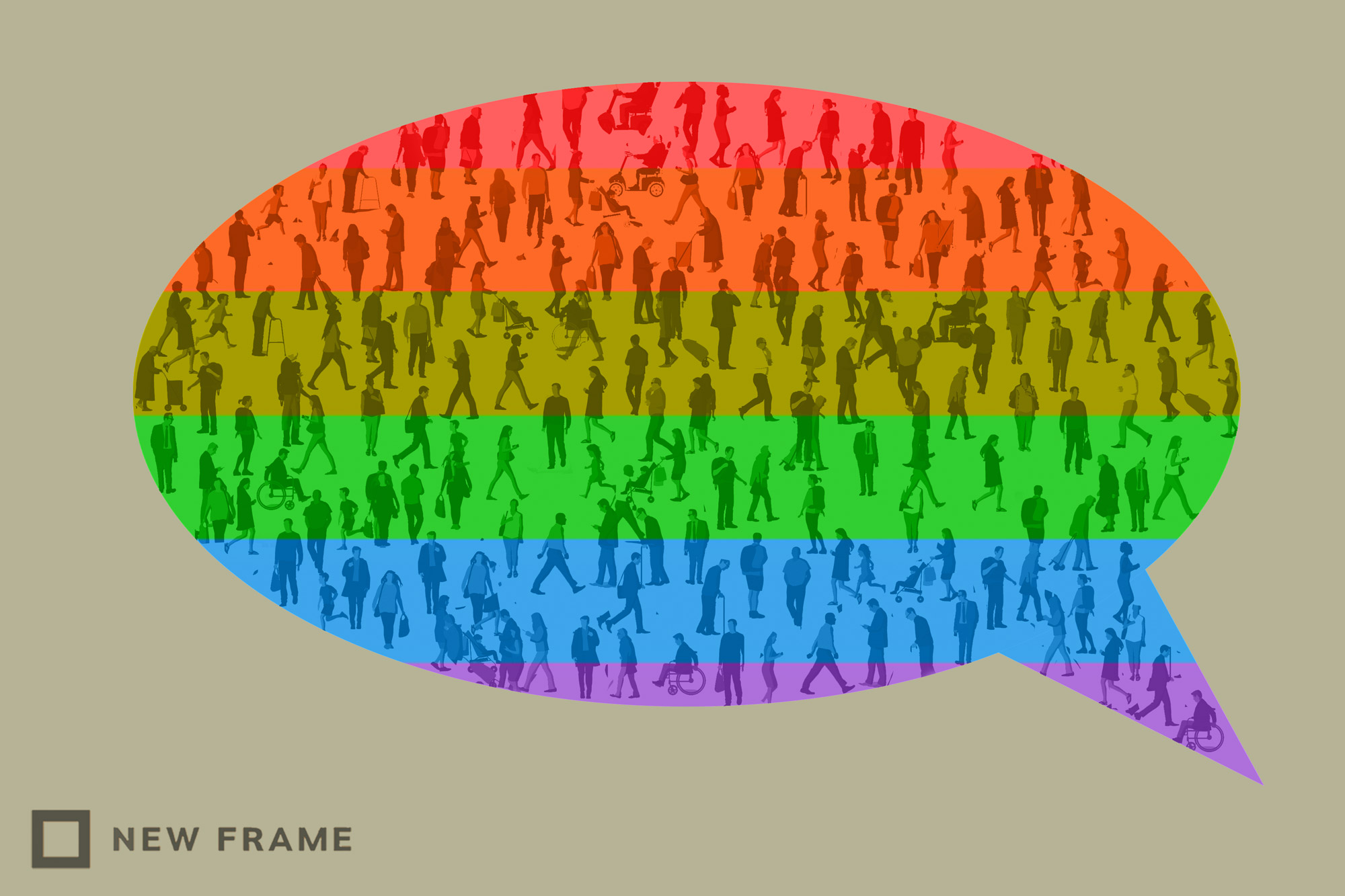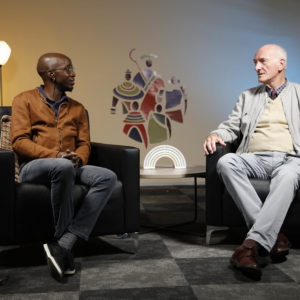Outcry as LGBTQIA+ people excluded from Census 2022
Queer rights activists push for more inclusive surveys as Statistics South Africa comes under fire for conflating gender and sex in the major census it conducts every 10 years.
Author:
1 March 2022

Queer rights activists across the country have slammed the exclusion of the LGBTQIA+ community from being counted “in any meaningful way” in the national census. The questionnaire for Census 2022, which kicked off on 1 February, conflates gender and sex, and does not include intersex people or questions related to sexual orientation.
Iranti, a non-governmental organisation advocating for queer rights, released a statement after the launch of the census noting its “dismay” at the question relating to sex providing only two options – male or female.
“This refers to biological make-up of the person or the sex that is assigned at birth, which effectually means that transgender and intersex persons will not be counted in the census. The census solely relies on counting a society that is cisgender and excludes a significant part of South Africa’s population,” the statement said. “This is contrary to South Africa’s Constitution, which recognises that South Africans are recognised by their ‘diverse sexual orientations’.”
Related article:
According to the Statistics South Africa (Stats SA), data collected as part of a census is used by local, provincial and national governments “for planning, policy formation and evidence-based decision-making” as well as budget allocations.
Iranti’s Nolwazi Tusini says that LGBTQIA+ people not being counted will ultimately “trickle down into a fundamental and material lack of resources for these vulnerable communities in South Africa”.
By way of example, Tusini says: “If you look at state hospitals, currently only two state hospitals offer gender-affirming surgery to transgender people: Groote Schuur and Steve Biko [Academic Hospital]. Groote Schuur’s waiting list … is 25 years … for people to access that surgery. And it’s a similar situation at Steve Biko. The question then becomes: how was this decision made if transgender people have never been counted in a census? Because [the state doesn’t] know how many transgender people are in the population and how many might need this service.”
Towards inclusive surveys
At the media briefing announcing the launch of Census 2022, Stats SA’s acting deputy director general Nozipho Tshabalala said that although the sex question referred to the sex the person was assigned at birth, “this is not to say we are blind to the need for the identification or profiling of the other groups”.
Tshabalala added that, according to Stats SA’s research, including more inclusive questions around sex, sexual orientation and gender identity in such a questionnaire required “an array of questions that you would need to have tested intensively before the census”.
Tshabalala committed to developing questions directed at measuring LGBTQIA+ people in the post-census period as well as in the run-up to the next census.
For Tebogo Makwati, chairperson of Intersex South Africa, however, the exclusion is “worrisome”, particularly given the organisation’s push against intersex genital mutilation, the medically unnecessary, “normalising” surgeries performed on intersex infants.
“It’s worsening the situation,” says Makwati. “If provision were made [in the census for intersex people to be counted], I believe intersex genital mutilation [would sooner become] something of the past. Because that conversation was going to happen where we could say, ‘But we do have such a population within our country; we do have an intersex population.’ So we still have a long way to go.”
Related article:
A statement issued by Access Chapter 2, which helps the LGBTQIA+ community obtain services and rights, noted the organisation’s “grave concern that [Stats SA] has, for the past 26 years, not empowered itself on the consciousness, existence and understanding of the gender and sexuality spectrum”.
Trevor Oosterwyk, Stats SA’s head of communications, says the statistical service will be meeting with queer rights groups later this month to map a way forward. Oosterwyk added that he was “optimistic” that a more inclusive questionnaire will be put together for the next community survey, which is large-scale and conducted between censuses every five years.
“What we are saying to the [LGBTQIA+] community is that, notwithstanding the fact that we missed this opportunity, we have an array of surveys in the field – we produce around 250 different products every year – and we want to test these [questions around sex, gender and sexual orientation] through these surveys. So we are saying, ‘Let’s discuss these processes, as a first step,’” says Oosterwyk.
“We will hold them accountable to that,” says Tusini. “By the time the next community survey rolls around, we want these issues in the questionnaire to have been resolved. But also that any other smaller surveys that they do within this 10-year period, as they prepare for the next census, absolutely needs to include the LGBTQI community. That is what we’re working towards.”


